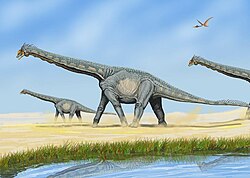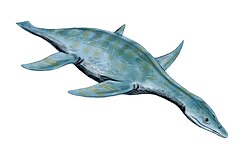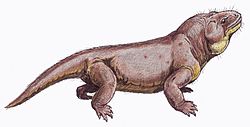Arthropods
Crustaceans
| Name | Novelty | Status | Authors | Age | Unit | Location | Notes | Images |
|---|---|---|---|---|---|---|---|---|
Gen. et sp. nov | Jr synonym | Type species is A. rostrata, junior synonym of Gorgonophontes fraiponti. | ||||||
Sp. nov | Jr synonym | Junior synonym of Gorgonophontes fraiponti. | ||||||
Sp. nov | Jr synonym | Junior synonym of Gorgonophontes fraiponti. | ||||||
Insects
| Name | Novelty | Status | Authors | Age | Unit | Location | Notes | Images |
|---|---|---|---|---|---|---|---|---|
sp. nov | valid | A geometrid moth |  | |||||





